A renaissance in bridge design and engineering
By Edit Team | June 11, 2020 9:00 am SHARE
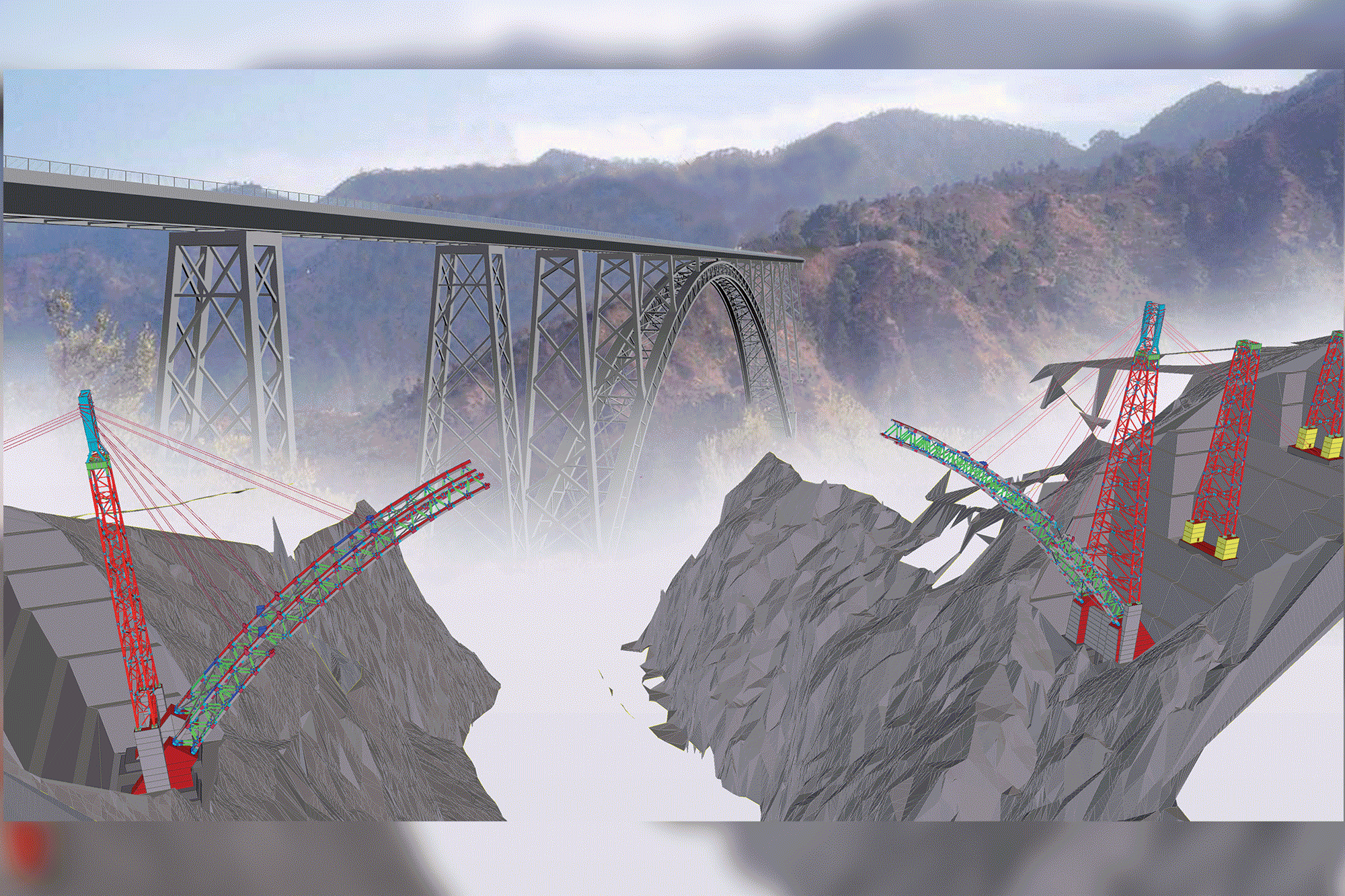
Bridge Information Modelling (BrIM) is a breakthrough tech in digitalising bridge construction with cutting-edge and richly detailed 3D models. BrIM software generates integrated and connected models, which in turn enable the construction of highly complex bridge construction projects with greater efficiency and precision.
Many magnificent and gravity-defying structures built in the last few years across the world bear testimony to the disruption caused by technology in the construction landscape. Innovations in software and hardware have made possible the world’s tallest skyscrapers on one hand, and highways or rail lines in some of the world’s most inhospitable terrains on the other.
Construction of rail or road bridges, which typically span rivers, lakes, seas or troughs and valleys, comes with its own set of challenges. Broadly, the engineering and construction challenges in constructing bridges can be a combination of geographical, architectural and structural. Also, bridge construction projects, like any other modern and complex projects, necessitate seamless and free-flowing communication among different stakeholders on a real-time basis. This is because even the slightest of error or delayed information can set a project back with costly delays or rework, thus adversely affecting project timeline and profitability.
Most of these challenges can, however, be effectively mitigated once we move from paper-based workflows to digital ones. In the case of buildings, Building Information Modelling (BIM) is already widely used for creating information-rich and well-detailed 3D models. The advantages of using these digital models have been well documented for improving project-wide collaboration and reducing costly delays and errors.

Bridge Information Modelling (BrIM) is a breakthrough tech in digitalising bridge construction with cutting-edge and richly detailed3D models. Just like its counterpart for buildings, a BrIM software generates integrated and connected models, which in turn enable the construction of highly complex bridge construction projects with greater efficiency and precision.
In simplest terms, BrIM provides a comprehensive representation of the physical and functional characteristics of a bridge asset. It also provides information for its entire lifecycle, and this helps in improving the construction flow of the project and reduce time and cost involved.
BrIM has been a key enabler in the construction of Chenab bridge in Jammu & Kashmir, the tallest and longest-spanning railway bridges of its kind in the world. Use of intelligent parametric Tekla Structures has allowed the construction team to execute logistics and optimise schedules in harsh and mountainous terrain. The high level of development (LOD) and the accuracy of the model made it most suitable to be used for fabrication in the temporary workshops on site.
De-duplicated, standardised and interoperable data
One of the greatest advantages of going digital with BrIM is that it streamlines the design phase and avoids duplication of data. BrIM generated modelsare parametric, which means that the parameters of the objects determine their interactions with each other. A parametric application helps stakeholders create, collect, store, and share accurate and consistent data for full life-cycle support.
Apart from reducing data duplication, BrIM also supports data standardisation, which further enhances collaboration among different stakeholders. A good BrIM model is also interoperable, which allows it to work seamlessly across a wide range of construction software and hardware. The same model can connect and interact with a variety of modern construction tools: from 3D printing and Augmented Reality (AR) tools to connected sensors and devices that make up Internet of Things (IoT).

This synergy makes the model coherent and builds intelligence by avoiding multiple inputs. The information-rich models can be then consumed and shared across project parties, adding data-driven intelligence to the project.
Less clashes, greater accuracy
Clash checking and timely mitigating errors are very crucial for efficient construction of a bridge, as is the case with other complex structures. By ensuring a lesser number of clashes and errors, designers and engineers can significantly increase the accuracy of the design; which makes it a truly constructible model that can be relied upon with utmost confidence.
A well-made Bridge Information Model guarantees correctness and consistency. The machine-readable data that it includes help mitigate and minimise errors during fabrication: at steel and rebar workshops or at precast concrete fabricators. This fabrication information can be organised and managed in real-time, as the project progresses. The workshops are also capable of creating on-demand reports, bending schedules, material lists and meshes and optimize the erection sequences.
A constructible model generated by advanced BrIM software like intelligent parametric Tekla Structures also means that onsite Requests for Information (RFIs) and clashes can be avoided to a large extent. Addressing these information gaps or rectifying these errors before the actual construction begins helps minimise expensive delays and rework, which again leads to savings on the overall project cost.
As the digital model is automatically updated after each revision, all changes can be shared in real-time with other project members. The scheduling based on model data helps convey the scope of the project and its development with all its stakeholders.
Smart asset management
BrIM allows bridge project owners to have easy access to data-rich, as-built models of their asset long after the construction has been completed as every detail has been stored digitally right inside the model. In the future, with more developed, model-based bridge lifecycle applications, smart asset management can even include bridge inspections with digital data collected by tools such as mobile devices, cameras and drones. This, in turn, would make the regular maintenance tasks like bridge inspection faster, easier, and more precise. In other words, BrIM can potentially lead to the construction of intelligent bridges in the future that would communicate their health status on an ongoing basis for optimal maintenance.
Ultimately, BrIM proves to be a significant value creator through all stages of bridge construction: it aims to detect and solve problems in advance so that making adjustments is smooth and easy later on. Just like BIM for buildings, using BrIM is an essential strategic step for digitalising construction of bridges. Progressive engineering and construction firms in India and around the world are recognising its value and are spearheading its wider adoption, which is making modern architectural wonders like Chenab Rail Bridge possible.
Summary
BrIM is really about people and technology, and an essential strategic step in the digitalization of the bridge industry. BrIM is a creator of value and competitive edge, not a cost factor and bridge owners, besides the design and engineering firms realize it with alacrity. It helps them to move from silos towards collaboration across disciplines, better-integrated contracts, and new project types. It’s a win-win for everyone.
For more details, contact:
Jayant Keswani,
Director Marketing,
Trimble Buildings
Email id: Tekla.marketing.in@trimble.com
Cookie Consent
We use cookies to personalize your experience. By continuing to visit this website you agree to our Terms & Conditions, Privacy Policy and Cookie Policy.




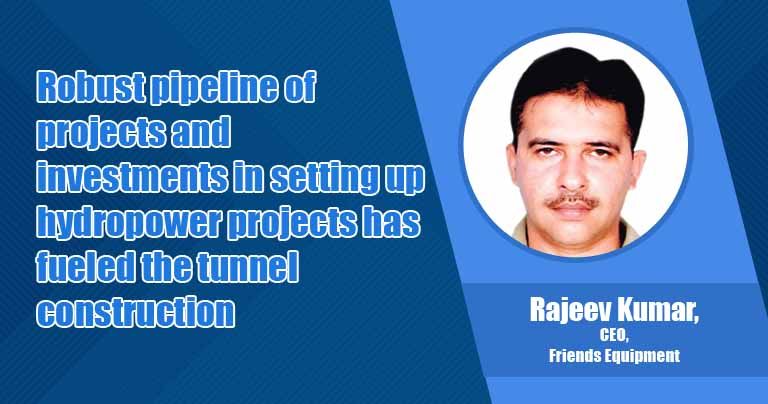


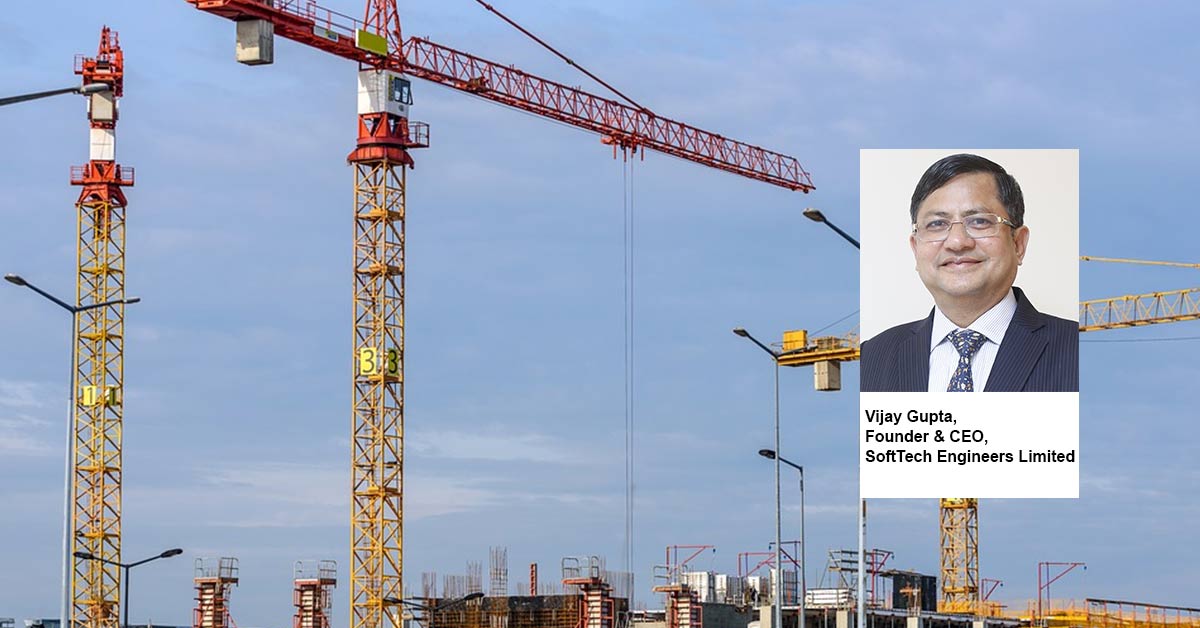
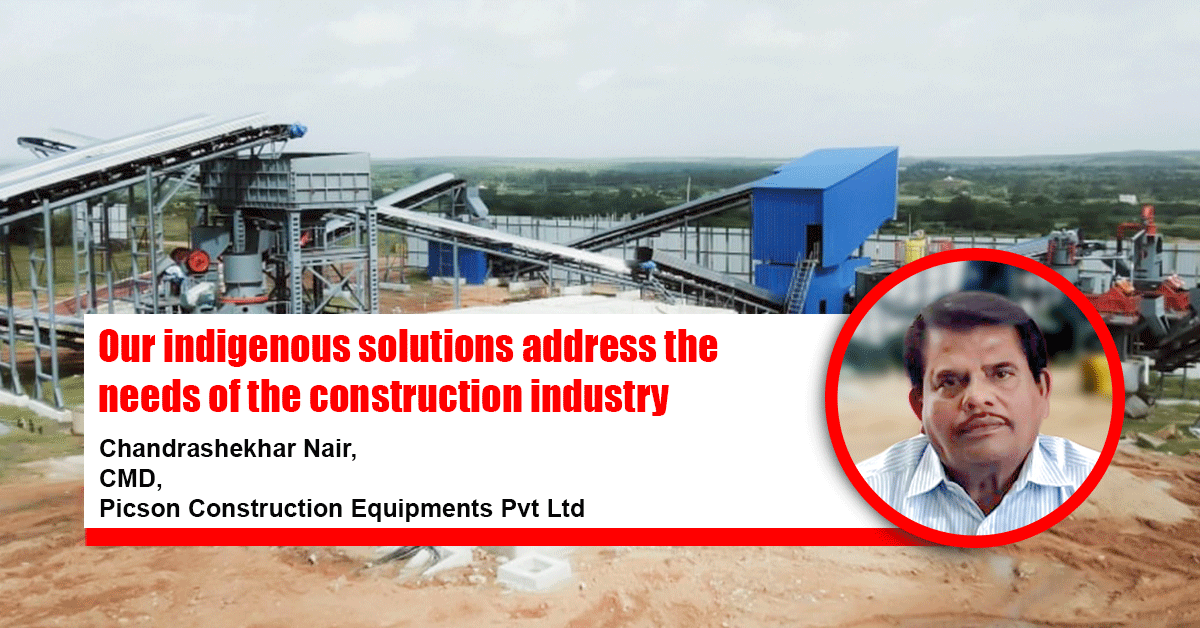




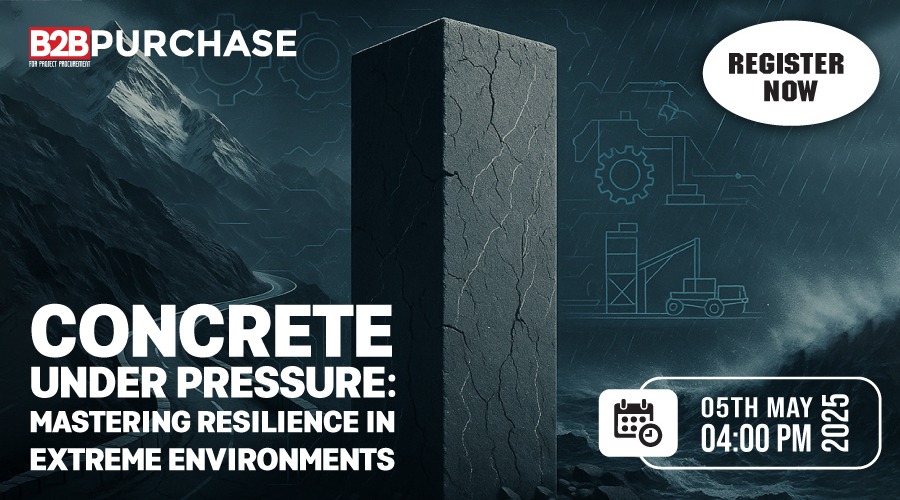
























-20240213125207.png)

























